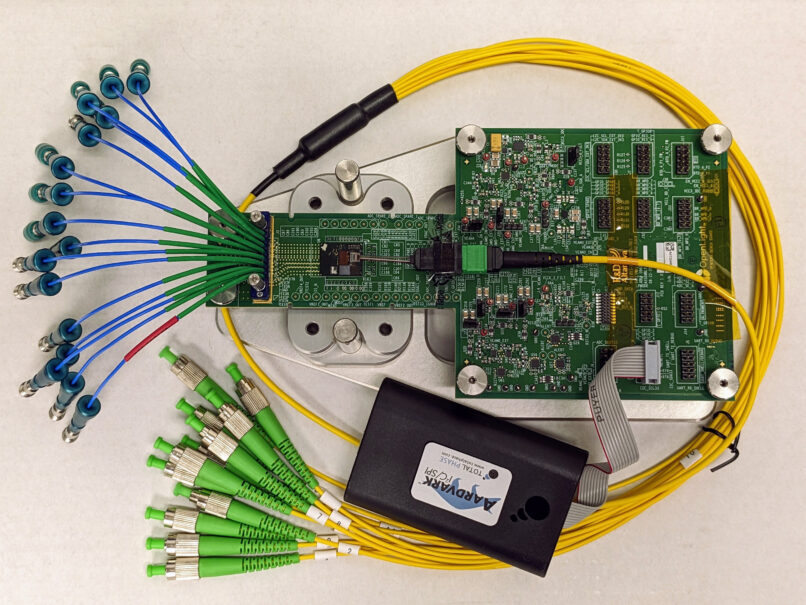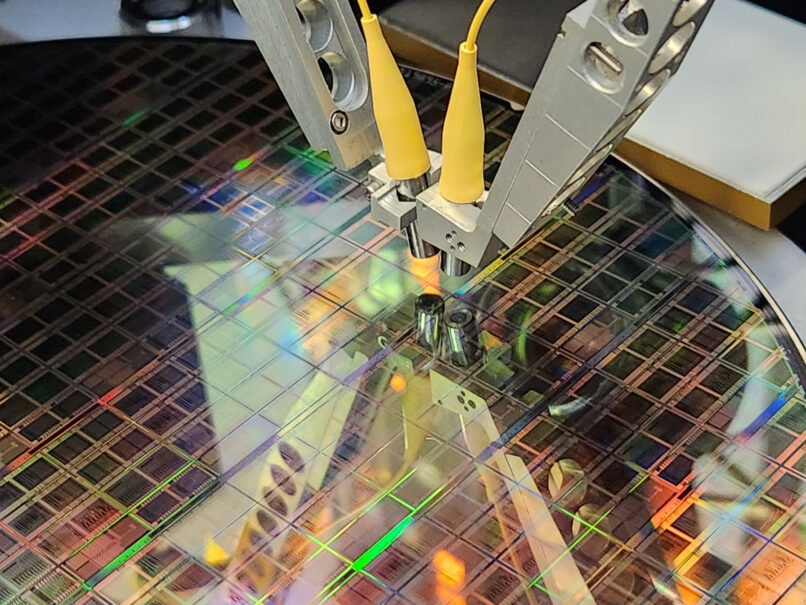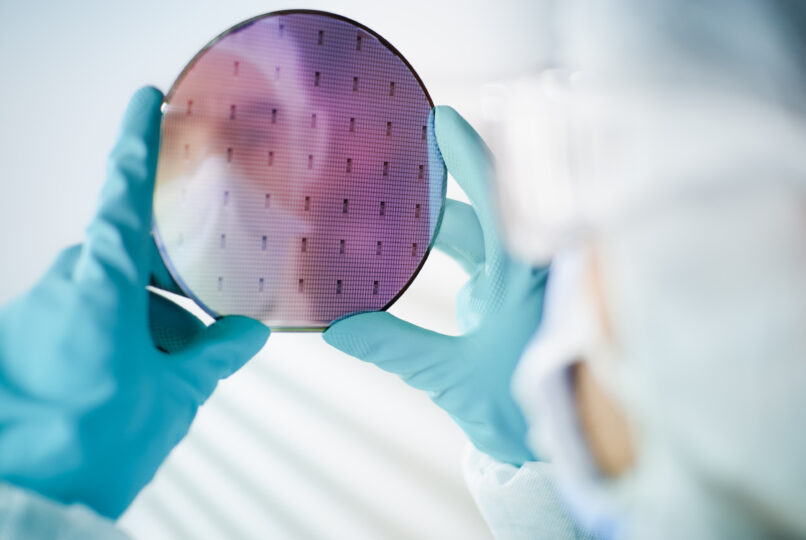These patents help to ensure a return on investment for its ground-breaking, heterogenous integration research and development work, preventing infringement of its IP. OpenLight allows open access of its IP with a Right-To-Use (RTU) license. This allows customers to use OpenLight’s Process Design Kit (PDK) to design and develop their own PASICs (Photonic Application Specific Integrated Circuits). This approach encourages and enables the early uptake and wide scale use of silicon photonics in a broad range of applications.
OpenLight’s first patent was registered in 2010. OpenLight now has over 360 patents granted. These patents range from the detailed design of its active semiconductor components, such as lasers, modulators, amplifiers, detectors and grating couplers, through to those protecting wider aspects of its heterogeneous integration, silicon photonics technology. These include its platforms, circuits, testing methods, and manufacturing processes, such as bonding.
Most of OpenLight’s component-level patents have global coverage, whereas its manufacturing and process-level patents target geographical regions where there are silicon photonics, manufacturing capabilities, such as in the USA, China, Singapore and Europe, where patent protection is most relevant.
OpenLight has invested over $500M USD into its patent portfolio. However, the heterogeneous integration technology IP that is protected enables customers to expedite their own PASIC designs, scale up production capacity, and increase quality and yield in next-generation, semiconductor foundries. This is essential to meet the supply demands of a rapidly growing, global, silicon photonics industry.

# OpenLight’s Process Design Kit (PDK)
OpenLight provides its open platform PDK to customers to design their own PASICs. The PDK makes OpenLight’s comprehensive library of patented photonic components available for customers to use. OpenLight can only share its PDK publicly because its heterogenous integration technology has been protected by patents. Furthermore, customers using OpenLight’s PDK to produce bespoke PASIC designs can be confident there is no risk of patent infringements or legal action.
Additional benefits to using OpenLights PDK platform to design PASICs include:
- Accelerating the time to market of production PASICs for new and emerging, silicon photonics applications, with seamlessly integrated lasers and active components.
- Access to the first, open, silicon photonics design platform with active and passive components built in.
- Increased optical performance with very low loss between active components and waveguides.
- Removal of the need to source and package separate lasers on silicon photonics chips because PASICS are all-in-one, reducing production times and increasing yield.

# OpenLight Licensing
Right-To-Use (RTU)
Customers wishing to use OpenLight’s PDK to design bespoke PASICs must first pay a Right-To-Use (RTU) license. The RTU license covers customers during the PASIC development phase through to the Alpha prototype stage.
Production License
A customer wishing to produce PASICs created by OpenLight’s PDK must purchase a Production License from OpenLight. The Production License is due when the PASIC design matures to Beta prototype, production prototype, and full production. It is paid when a customer releases material and designs to their preferred, silicon-photonics, foundry supplier.
The Production License allows customers to use their preferred foundry for producing PASICs designed by OpenLights PDK. It not only protects OpenLight’s IP, but also assures the foundry that no patents have been breached during the manufacturing process.
In addition, OpenLight will guarantee PASICs designed using its PDK and produced by a licensed semiconductor foundry. The guarantee serves to give customers confidence to design their own PASICs and take advantages of the many benefits that brings.
# Patent classification
Bonding
III-V Epi attachment to Silicon (5%)
Platform
Covers cross-section of layers, such as III-V ridge on SOI substrate, and optical transitions between layers
Component
Covers lasers, modulators, detectors, and grating couplers
Circuit
Covers optical and electrical multiple component designs and architecture.
Test, Calibration, Control, and Assembly
Covers ATE testing for optics, firmware, probecards, and fiber alignment methods.

